Why Saving Historic Places Matters: The Impact of Conservation
Conserving historic places is more than just maintaining old structures; it’s about safeguarding our collective identity, fostering community pride, and driving economic and environmental benefits. The National Trust for Canada’s Next Great Save competition has spotlighted numerous inspiring projects that exemplify the profound impact of heritage conservation.
Community Revitalization Through Conservation

Canadian Grain Elevator Discovery Centre’s Beetlejuice drive-in. Photo: Nanton Grain Elevators
Historic sites often serve as the heart of their communities, offering spaces for gatherings, education, and cultural events. Conserving these places can rejuvenate local engagement and strengthen communal bonds.
The Nanton Grain Elevators in Nanton, Alberta, which earned third place in the 2024 competition, exemplify this principle. These towering landmarks are not just agricultural relics; they are deeply woven into the town’s identity. Conservation efforts have transformed them into a hub for storytelling and community events, ensuring they remain a point of pride and connection for generations to come.
Economic, Social, and Wellness Advantages of Heritage Conservation
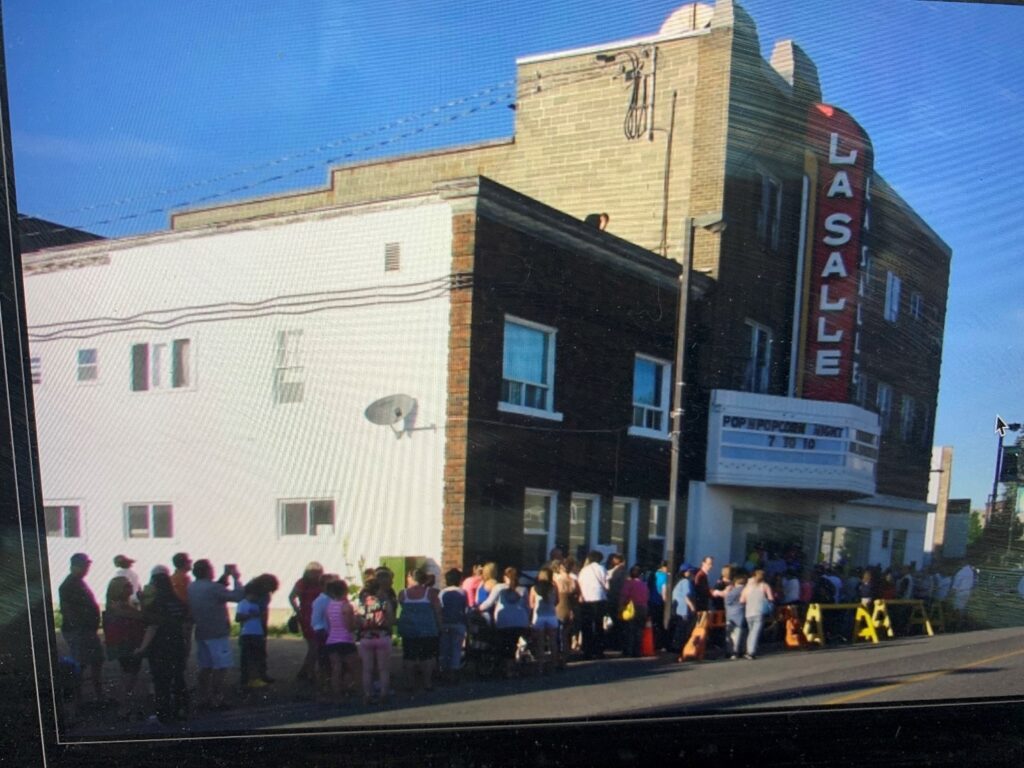
Record attendance at the LaSalle Theatre after gaining community awareness and support during the Next Great Save competition.
Investing in historic conservation can strengthen local economies by creating jobs and increasing engagement with cultural spaces. But the benefits don’t stop there. Conservation also enhances the social fabric of communities and promotes well-being.
The LaSalle Theatre in Kirkland Lake, Ontario, which secured second place in the 2024 competition, used its participation to raise awareness and secure additional funding. This support allowed the theatre to replace its roof, ensuring it could continue hosting performances, film screenings, and other community events. As a result, the theatre has seen increased attendance, reinforcing its role as a cultural anchor in the region. Beyond economic benefits, it also fosters social engagement, offering a space for people to come together, share experiences, and build connections in this underserved area in Northeastern Ontario.
Environmental Sustainability
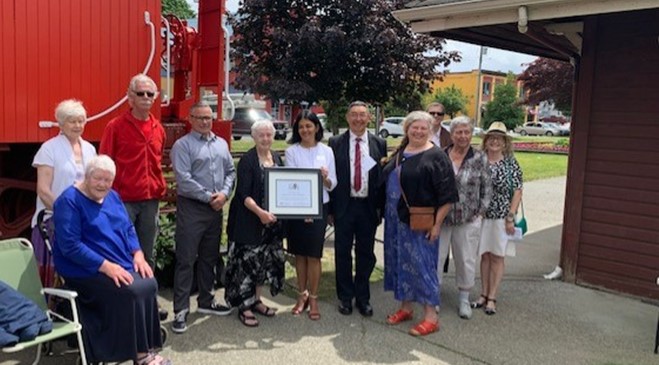
The Duncan Train Station celebrating its 1st place Next Great Save prize, 2023.
Conserving existing structures is inherently sustainable, as it reduces the need for new materials, minimizes construction waste, and lowers additional carbon expenditure. In fact, it can take anywhere from 10 to 80 years for a new “green” building to offset the negative climate impacts of its construction.
Historic places can also be very energy efficient. The Duncan Train Station in Duncan, British Columbia, winner of the 2022 Next Great Save grand prize, is a shining example of how heritage conservation can align with sustainability goals. After undergoing significant system upgrades, the station achieved a 73% reduction in energy use and a 74% decrease in greenhouse gas emissions—proving that conserving history and protecting the environment can go hand in hand.
Honouring Indigenous Leadership and Cultural Spaces

Celebration for the grand reopening of the Historic Council House. Photo: Kate D
Heritage conservation can also play a vital role in Indigenous communities by amplifying histories and strengthening cultural heritage.
The restoration and reopening of the Old Council House at Mississaugas of the Credit First Nation, a 2022 Next Great Save finalist, has been recognized as a meaningful step toward reconciliation. Believed to be the first Band Council formed under the Indian Act (1876), this historic building served as the seat of Anishinaabe governance in the Greater Golden Horseshoe region for over a century. Beyond its role in governance, the Council House has long been a gathering place for ceremony and community events. Its conservation not only preserves an active space of governance but also strengthens relationships with partners and funders, increases the visibility of the Mississaugas of the Credit First Nation, therein reinforcing Indigenous sovereignty.
Cultural Continuity and Education
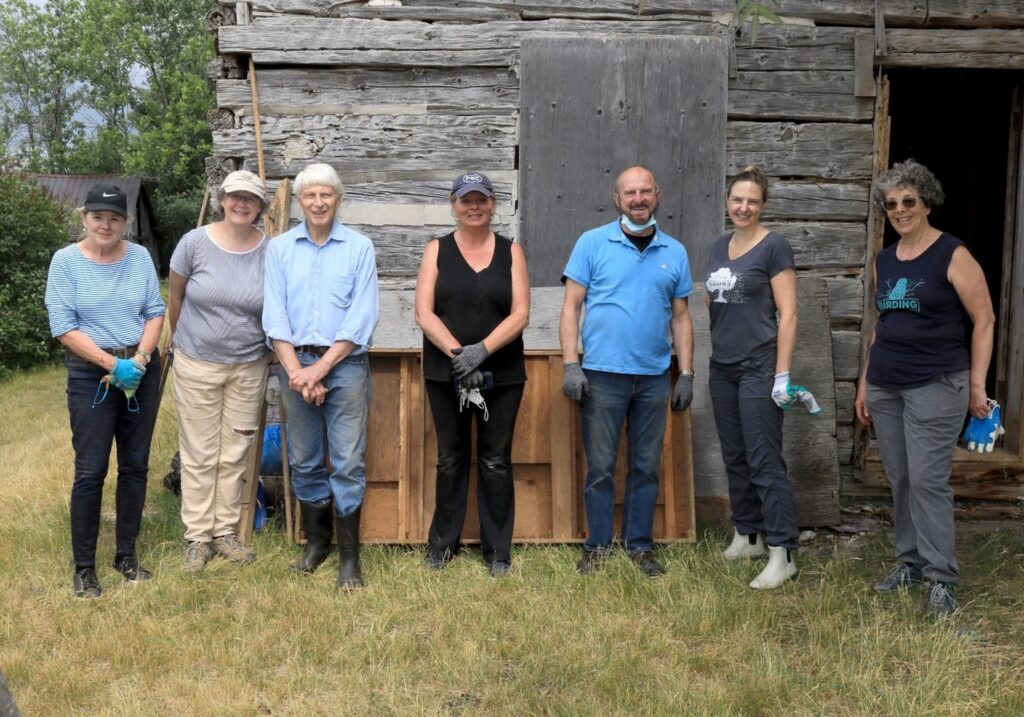
Site preparation and preliminary investigation for conservation of Hudgin Log House, 2021. Photo: John Brebner
Historic sites serve as living classrooms, offering insights into our past and lessons for the future. The Hudgin Log House in Milford, Ontario, a finalist in the 2022 competition, is being transformed into a gathering place for exploring sustainability and cultural heritage. This initiative ensures that future generations can connect with and learn from the area’s rich history.
Telling Diverse Stories Through Heritage Conservation
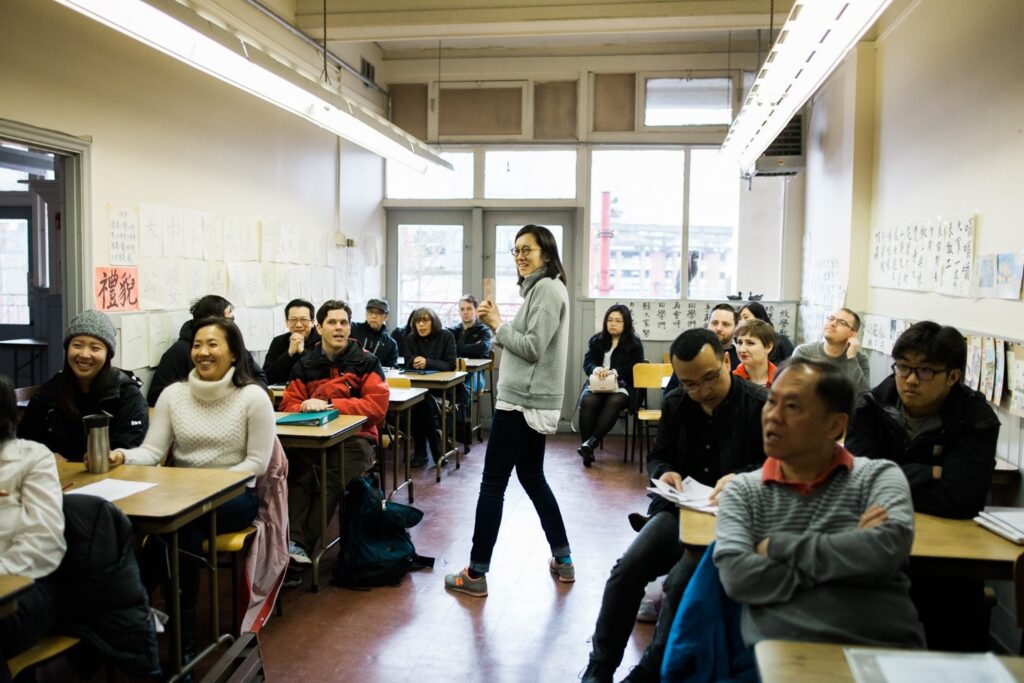
Cantonese language class taught at the Mon Keang School. Photo: Jonathan Desmond
Heritage sites play a crucial role in telling the diverse and multifaceted stories of a community’s past. By conserving these spaces, we ensure that a wide range of cultural, historical, and social narratives are preserved for future generations.
The Mon Keang School in Vancouver, a finalist in the 2024 Next Great Save competition, is a prime example of this. Started by Chinese-Canadian immigrants in 1925, the school holds significant cultural and educational value for Vancouver’s Chinese community. By restoring the school, efforts are being made to ensure that the stories of the city’s early Chinese settlers—who played a pivotal role in the development of Vancouver—are not lost to time. The school now stands as a testament to their resilience and contributions, while also fostering greater awareness and understanding of the diverse histories that have shaped the city.
Inspiring the Future of Conservation
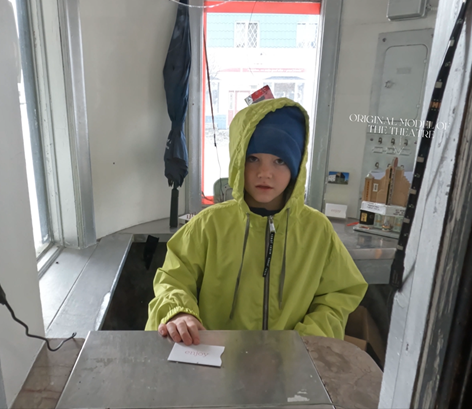
Young actor at the LaSalle Theatre in their promotional video for the 2024 Next Great Save competition.
Competitions like the Next Great Save not only provide essential funding but also raise awareness about the importance of heritage conservation. They inspire communities nationwide to recognize the value of their historic places and take action to conserve them. As Dr. Patricia Kell, Executive Director of the National Trust, noted, “Heritage conservation is about meeting the needs of communities today and tomorrow, not just conserving something that existed in the past.”
In conclusion, conserving historic places is a multifaceted endeavor that enriches communities culturally, economically, and environmentally. The stories of past Next Great Save competitors underscore the transformative power of conservation and serve as a call to action for all who value our shared heritage.

